In the last decade there seems to be a trend over the growing size of off-road vehicles. Some side-by-sides have been known to stretch the tape to an astonishing 149” long (12.4’) and 72” wide (6’). Although this may be perfect for some, it may also limit the driver’s capabilities as to where one can take a vehicle of this size, not to mention the turning radius.
These factors need to be taken into consideration when going off-road. Other off-road vehicles such as ATVs allow riders to test more complicated areas, denser forests and narrower trails. However, even ATVs can be too large of a vehicle to get to where you want to go.

Taking these obstacles into account, Charles Bombardier imagined the concept of the Monosonic. He designed this vehicle to operate in technical and narrow terrain where side-by-sides and ATVs may not always be able to operate. Charles is one to think outside of the box, weighing in factors such as the environment and looking into the future. Charles pictured an electric single wheeled off-road vehicle that would have half the footprint in the wilderness.
The Monosonic could be developed as a variation of the Bombardier Embrio, which was futuristic concept released in 2003. When the Bombardier Embrio was released in ’03 it wasn’t going to actually go to market for another twenty-two years – in 2025, when this type of vehicle is expected to be more desirable. The Embrio’s power was to come from a hydrogen fuel cell and could reach speeds upwards of 20 kilometers per hour. For stability the Embrio is gyroscopically balanced helping the driver stay upright while navigating tough technical trails as well as staying upright at a full stop. Based on the Bombardier Embrio, the Monosonic could create a new type of off-road vehicle class called “Monocross”. Monocross is an exciting and challenging class of all terrain vehicle that could help introduce more people to the sport.
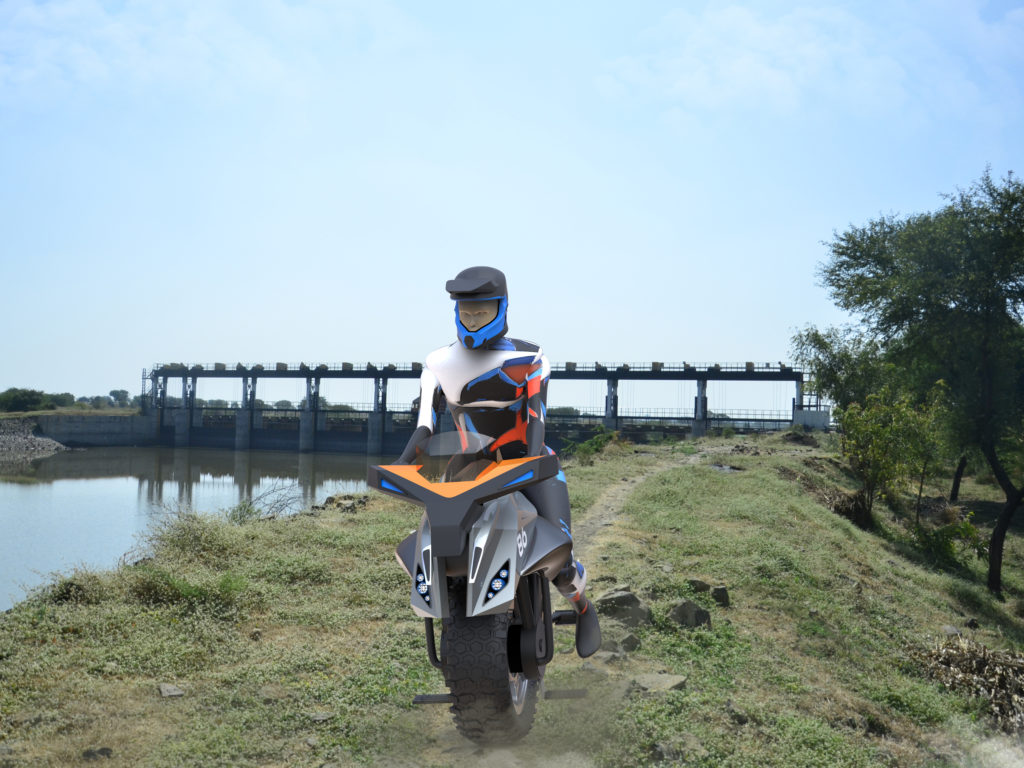
The single wheeled Monosonic ergonomic kneeling seat, would be installed to the unit’s base with spring loaded suspension under it to absorb impacts on the trail. To move forward the driver would simply lean in that direction and for reverse, the driver would lean back to move in that direction. The same rule would apply for the driver to turn right or left. Simply lean in the desired direction and the Monosonic would react accordingly.
Traction is very important for single wheeled vehicles, therefore making the tire’s tread pattern very important in the overall design. The Monosonic is a much more maneuverable off-road vehicle to explore any terrain, however it would be necessary to match tire treads and lugs to the conditions of the terrain. There would be a generic tire, mud, rock, sand, etc.
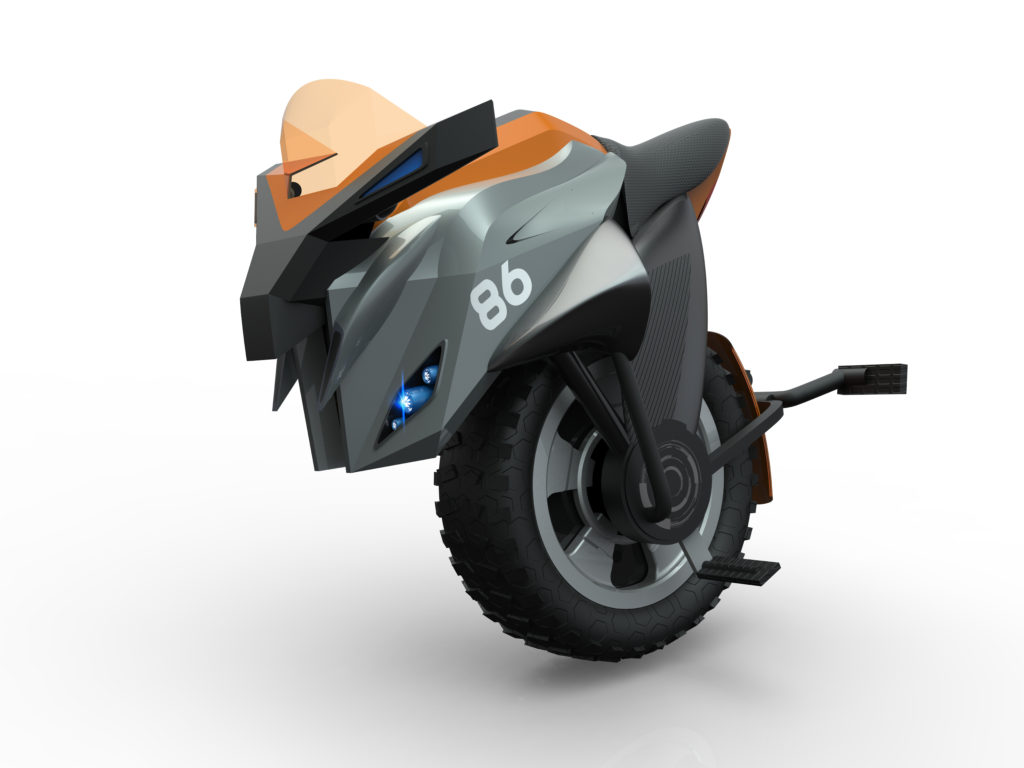
One of the futuristic ideas of the Monosonic that Charles envisioned is that a group of two, three or four Monosonic riders could unite or lock up to each other becoming the same size as a side-by-side or ATV to cross larger obstacles or pass over more difficult terrain. One Monosonic would have lead the group and control all of the others direction while connected. This idea is similar to that of the hit cartoon from the 80’s, Voltron Legendary Defender.
If you are not familiar with Voltron, it was a good vs evil cartoon and was based on three (land, sea and air) “good guy” teams featuring vehicles. When needed to fight the evilest of the evil villains, these vehicles would join forces to combine into one, to form the “Mighty Voltron”.
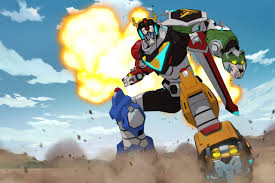
Acknowledgements
The Monosonic concept was imagined in May 2019 by Charles Bombardier and designed by Ashish Thulkar, an Industrial Designer from Bangalore, India. Ashish graduated with a master’s degree from the Indian Institute of Science in 2014 and he currently works as a freelance vehicle designer.
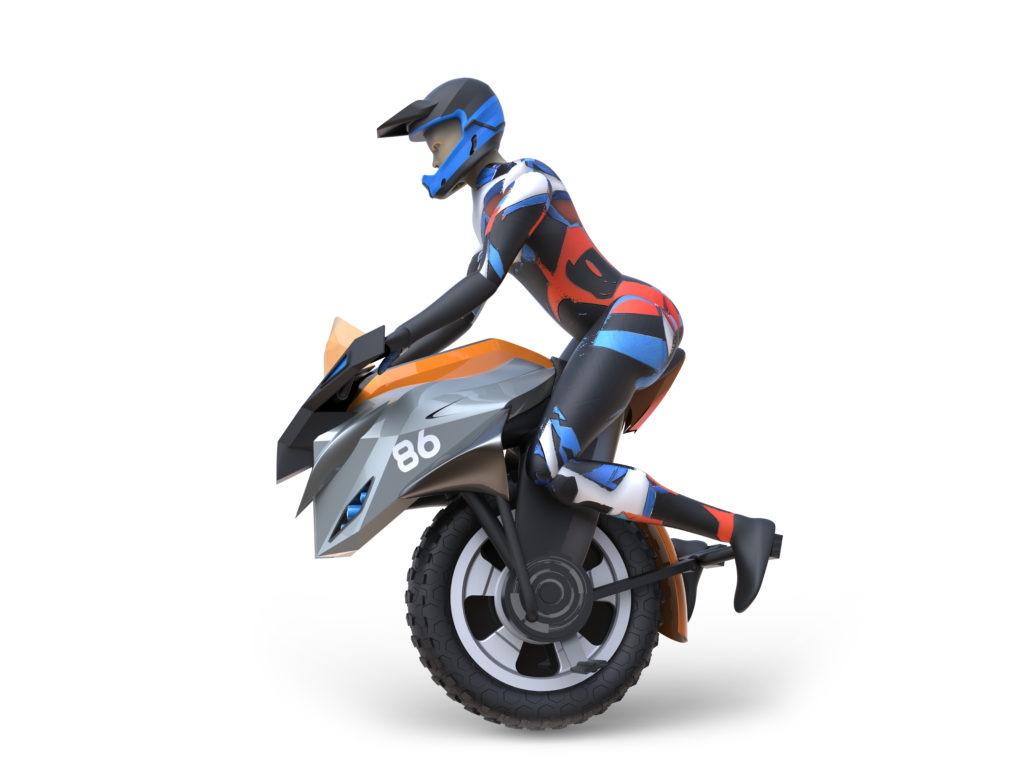
The Monosonic drives and steers with driver input only. Lean forward to steer forward, lean back to go in reverse. Lean left or right to go in that direction.
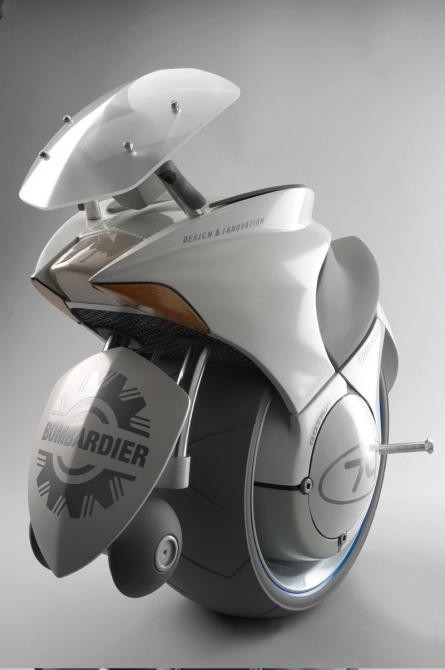
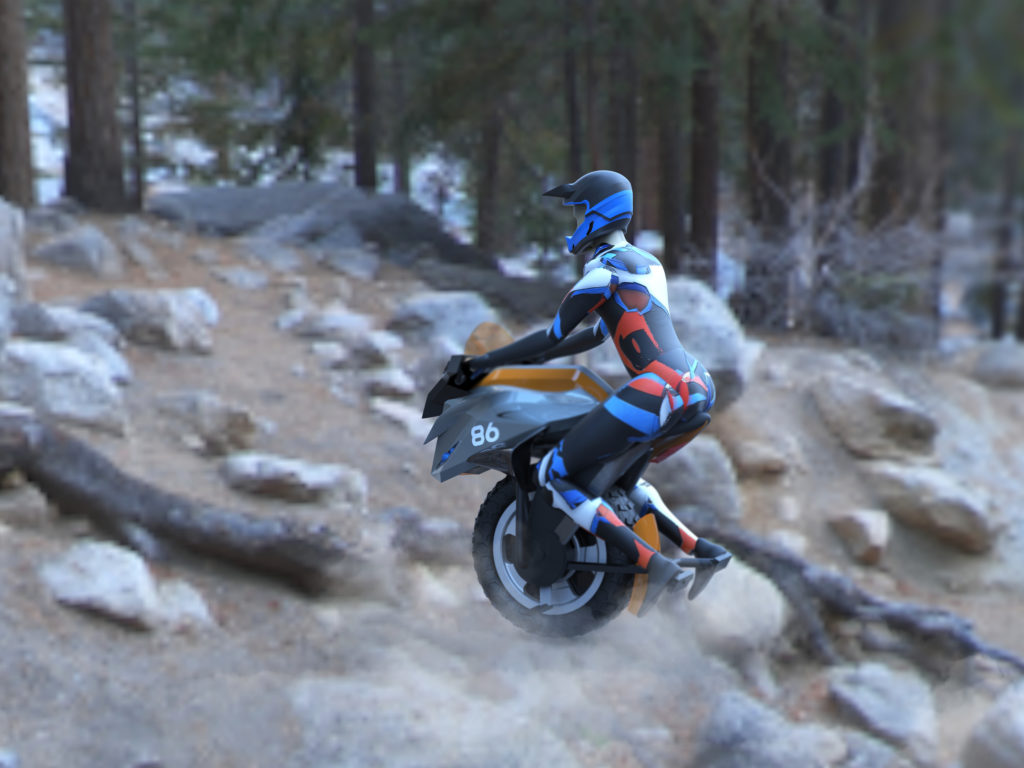

About Charles Bombardier
The grandson of Joseph-Armand Bombardier, Charles has a wealth of experience in the design and engineering of vehicles during his time at BRP including the Can-Am Traxter, the second generation Ski-Doo Elite and the Can-Am Spyder Roadster. In 2008 Bombardier founded a private Research and Development Centre and developed electric urban transporters and electric ATV prototypes. With a passion for innovation, Charles is deeply involved within the design community and acts as an expert and a consultant to support investors, companies and basically anyone interested in new applications for mechanical engineering. His website www.charlesbombardier.com promotes open innovation and along with a team of designers they are constantly dreaming, innovation, and creating new concepts and publishing them for all to see. As Charles puts it, “Our mission is to inspire kids, students, inventors and tinkerers to improve existing modes of transportation and imagine what the future holds for us. We share our concepts with the world so they can grow faster, evolve and become reality one day.”









atorvastatin 40mg us buy cheap atorvastatin atorvastatin order
buy generic ciprofloxacin – cephalexin where to buy order augmentin 625mg online
ciprofloxacin 1000mg cheap – order cephalexin generic augmentin pill
order flagyl 200mg online – zithromax price azithromycin 250mg drug
oral ciprofloxacin 500mg – buy generic chloramphenicol online erythromycin 500mg drug
valtrex 1000mg uk – order nemasole pill oral acyclovir
order stromectol online – tetracycline 500mg tablet sumycin 500mg cost
buy generic metronidazole online – amoxicillin sale azithromycin pills
ampicillin canada amoxil generic buy amoxicillin medication
buy furosemide 40mg online – order captopril 25mg online cheap order capoten 25 mg online
retrovir 300 mg uk – order avalide for sale buy generic allopurinol
glucophage order online – buy duricef cheap purchase lincomycin
clozapine 50mg canada – perindopril 4mg for sale purchase pepcid online
buy seroquel pills – cheap bupropion without prescription purchase eskalith without prescription
hydroxyzine without prescription – order amitriptyline online order generic endep
purchase anafranil – amoxapine 50 mg oral purchase doxepin online cheap
cheap amoxicillin without prescription – order cephalexin 250mg for sale buy ciprofloxacin paypal
purchase augmentin pills – cheap ciprofloxacin 1000mg ciprofloxacin 1000mg for sale
cleocin 150mg sale – vantin pill buy chloromycetin without a prescription
buy azithromycin – buy tetracycline tablets buy generic ciplox
buy generic albuterol inhalator – buy theo-24 Cr online cheap brand theophylline 400 mg
ivermectin 6mg stromectol – levofloxacin 250mg sale buy cefaclor 250mg pills
clarinex generic – ventolin inhalator medication ventolin 2mg oral
where to buy methylprednisolone without a prescription – buy claritin generic buy generic azelastine 10ml
buy generic micronase online – order glucotrol 10mg pills order dapagliflozin 10mg generic
buy prandin online cheap – jardiance 10mg sale empagliflozin 25mg without prescription